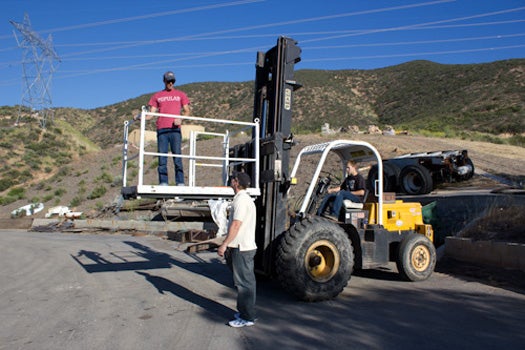Video: Testing Project Enclosures Under Extreme Conditions (Read: Fire, Water, and Smashing)
My projects tend to live rough lives. To make it easier to safely house their delicate parts in the future,...

My projects tend to live rough lives. To make it easier to safely house their delicate parts in the future, I devised a torture test to determine which project enclosures best stand up to extreme conditions—and to my abuse.
I built a simple circuit and placed it inside a plastic project enclosure, a PVC electrical junction box, and a Pelican case. Then I subjected all three to torture by water, impact and fire.
Check out the gallery below to see the results of our tests:
Click here to see how the different enclosures stand up under extreme stress.
Conclusions: Plastic enclosures are good mainly for safe, indoor projects. Pelican cases keep out water but, surprisingly, fail the smash test. PVC junction boxes are the darkhorse winner; they’re very cheap and rugged. Use one the next time you build something you plan to drop, drown, or set ablaze.
The Tests:
For the water test, we submerged the enclosure under three feet of water for one minute. We then dropped the enclosures from a forklift to test how the impact of a 30-foot fall would affect them. Finally, for the fire test, we blasted each enclosure with spurts of propane flames for about a minute.
Check out a video of these tests (as well as some freeform torture of the enclosures) below:

Standard Plastic Enclosure: Before

Standard Plastic Enclosure: Water Test

Standard Plastic Enclosure: Impact Test

Standard Plastic Enclosure: Fire Test

PVC Electrical Junction Box: Before

PVC Electrical Junction Box: Water Test

PVC Electrical Junction Box: Impact Test

PVC Electrical Junction Box: Fire Test

Pelican Case: Before

Pelican Case: Water Test

Pelican Case: Impact Test

Pelican Case: Fire Test